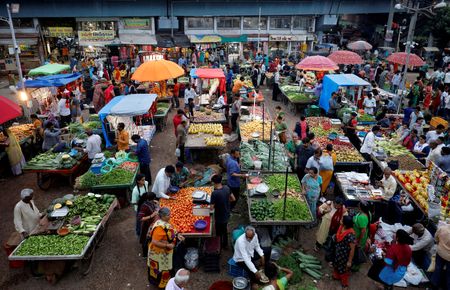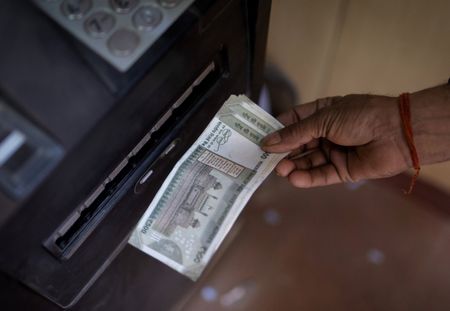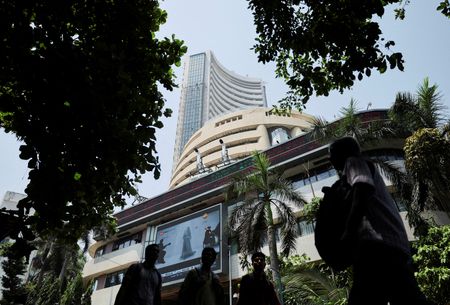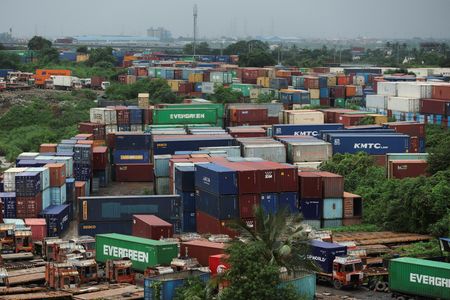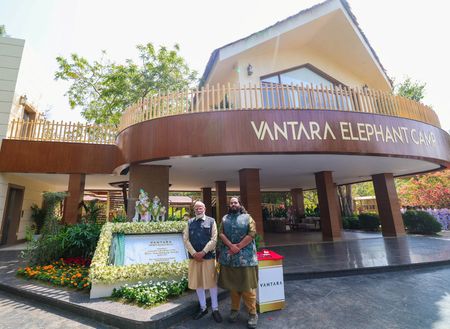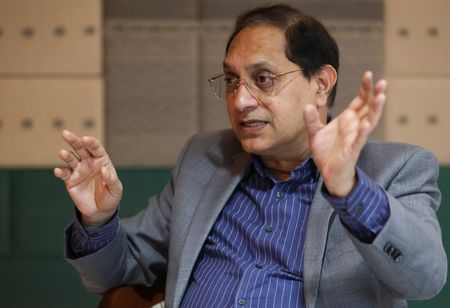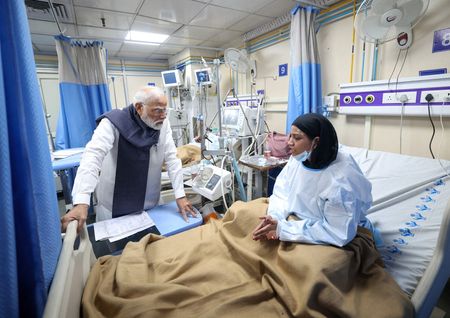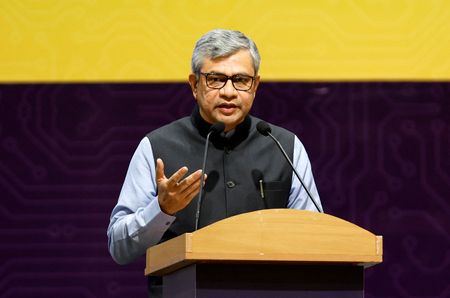By Vivek Mishra
BENGALURU (Reuters) – India’s economy likely rebounded last quarter, expanding 6.3%, driven by increased government spending that helped offset weak household demand, according to a Reuters poll of economists who forecast relatively modest growth ahead.
A national election in April-June last year forced the government to curb infrastructure spending, a key driver of economic expansion in recent years in what is still the world’s fastest-growing major economy.
That dragged growth down to 5.4% in July-September, well below the 8.2% average last fiscal year. Since then, foreign investors have withdrawn billions of dollars from the equity market.
But government expenditure likely rose in double digits during the last three months of 2024, suggesting an expected rebound in economic growth is more policy-driven than broad-based.
That, in turn, has reinforced doubts about the economy’s ability to sustain momentum without continued support from New Delhi.
Household consumption, which typically surges during the festive season from October to December, likely remained relatively sluggish.
Gross domestic product (GDP) in Asia’s third-largest economy was expected to have grown an annual 6.3% in the October-December quarter, up from a near two-year low of 5.4% in the previous quarter, according to a Reuters poll of 53 economists conducted February 17-24.
Forecasts for the data, due on February 28, ranged from 5.8% to 7.4%. Economic activity as measured by gross value added (GVA) was estimated to have expanded 6.2%.
“The key reason is the uptick in public spending, which is well known. I don’t think consumption has yet become a strong driver of growth. Inequality is now worse, which is weighing on overall consumption dynamics and limiting the potential for strong consumption growth year after year,” said Dhiraj Nim, an economist at ANZ.
Wealth concentrated in the richest 1% of India’s population is at its highest in six decades, according to the World Inequality Lab.
Asked when India’s economy would again grow by 8% or more, Nim said: “You require far bigger reforms in agricultural and labour markets. But … the question is, are those reforms happening right now? Possibly not.”
GDP growth was expected between 6.3% and 6.7% through the April-June quarter of 2026, the forecast horizon in the poll, falling short of the 8% pace economists say is needed to generate sufficient well-paying jobs and drive broader economic gains.
Growth was predicted at 6.5% over the next two fiscal years, the poll showed.
Several economists underscored the government’s strategy to stimulate private investment through corporate tax cuts and infrastructure spending has yet to create a surge in hiring or boost household income.
Aditya Vyas, chief economist at STCI Primary Dealer, said the latest corporate tax cut didn’t have much impact on investment, mainly because companies don’t yet have the confidence demand is going to pick up.
“So, until we fix all these issues, we will not see the growth we saw a few quarters ago. Also, the focus should not be on the rate at which we are growing but on what is driving it and how many jobs we are creating,” Vyas added.
(Reporting by Vivek Mishra; Polling by Susobhan Sarkar and Vijayalakshmi Srinivasan; Editing by Hari Kishan, Ross Finley and David Evans)

